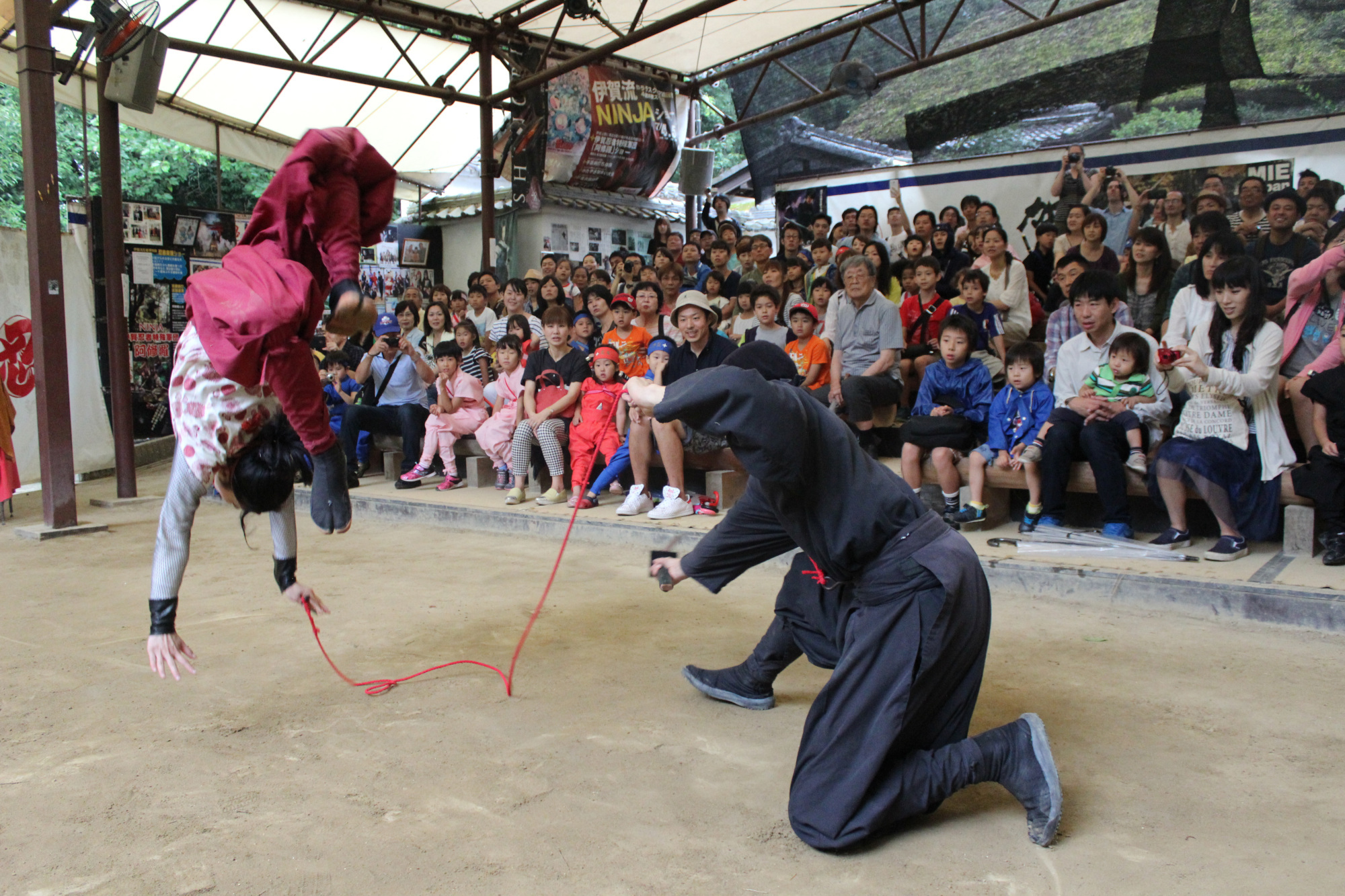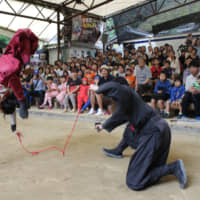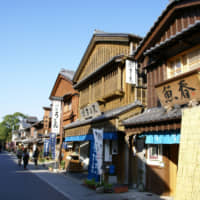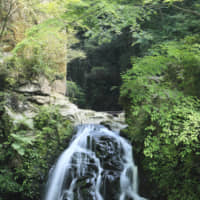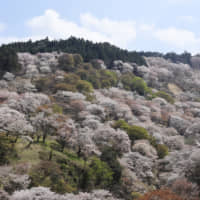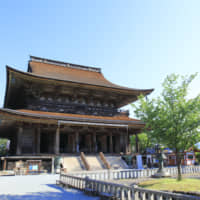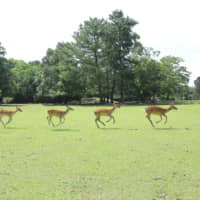For inbound travelers seeking traditional, yet one-of-a-kind experiences in Kansai and central Japan, Nara Prefecture and adjacent Mie Prefecture to the east are two areas worth exploring.
What awaits visitors to Nara are sites awash with history throughout the prefecture, in addition to one of the most famous sakura (cherry blossom) viewing spots in the country.
Home to the former Japanese capital about 1,300 years ago, the city of Nara in the northern part of the prefecture has a host of interesting destinations accessible via Kintetsu-Nara Station on the Kintetsu Nara Line.
Located five minutes from the station is the spacious Nara Park, featuring the historic Todaiji Temple, Kohfukuji Temple and Kasuga Grand Shrine. All are part of the collective UNESCO World Heritage site Historic Monuments of Ancient Nara, one of three such sites in the prefecture.
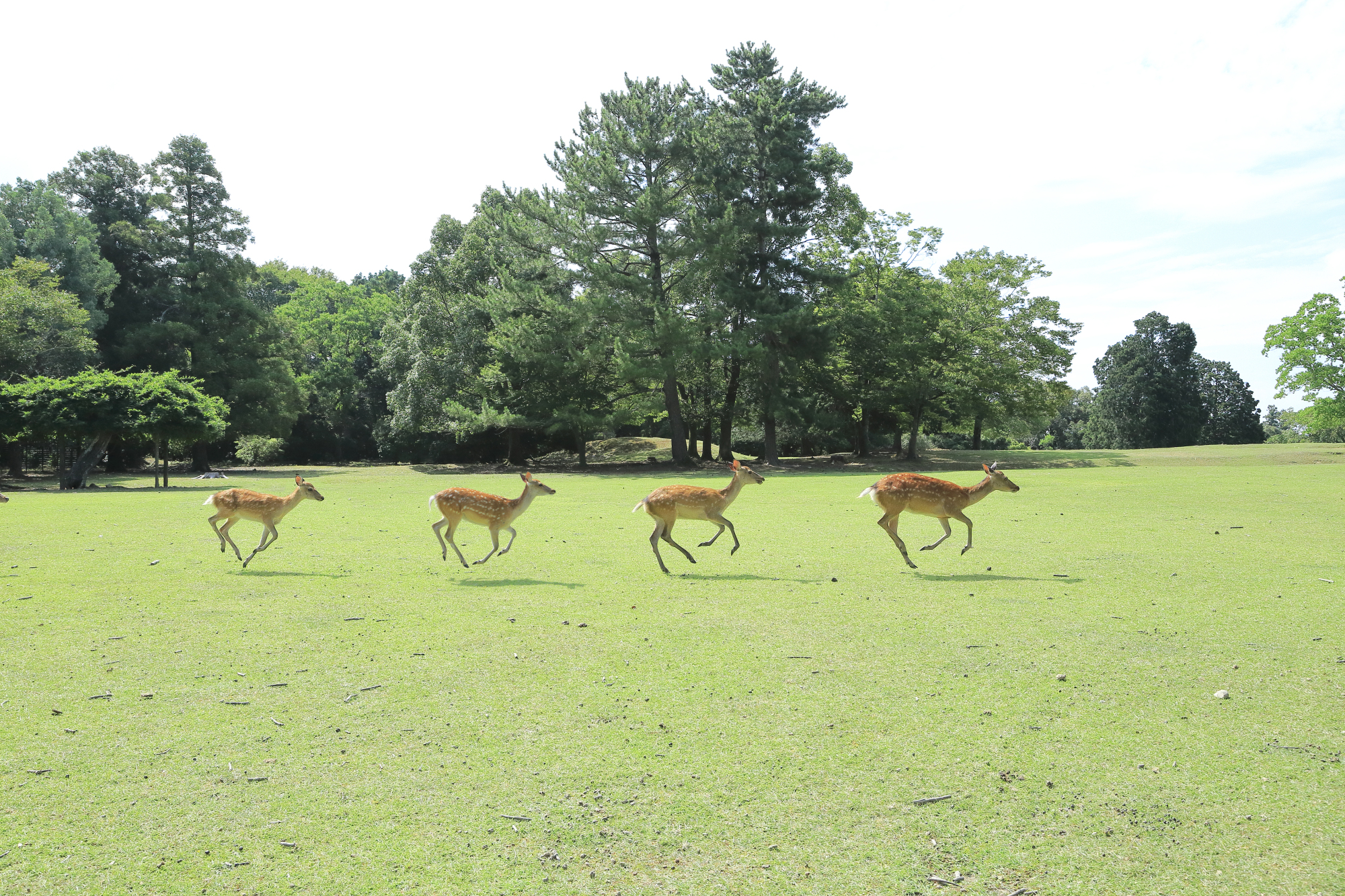
There are also around 1,200 deer inhabiting and roaming the park. Iconic in their own right, visitors fawn over the graceful creatures — long protected as the messengers of the gods.
In the central part of the prefecture lies the mountainous Yoshino area, accessible by Kintetsu’s Yoshino Line. Representative of the region is Mount Yoshino, where travelers can appreciate the astonishing view of blossoming sakura, with as many as 30,000 trees coloring the 350-meter-tall mountain a pale pink every spring.
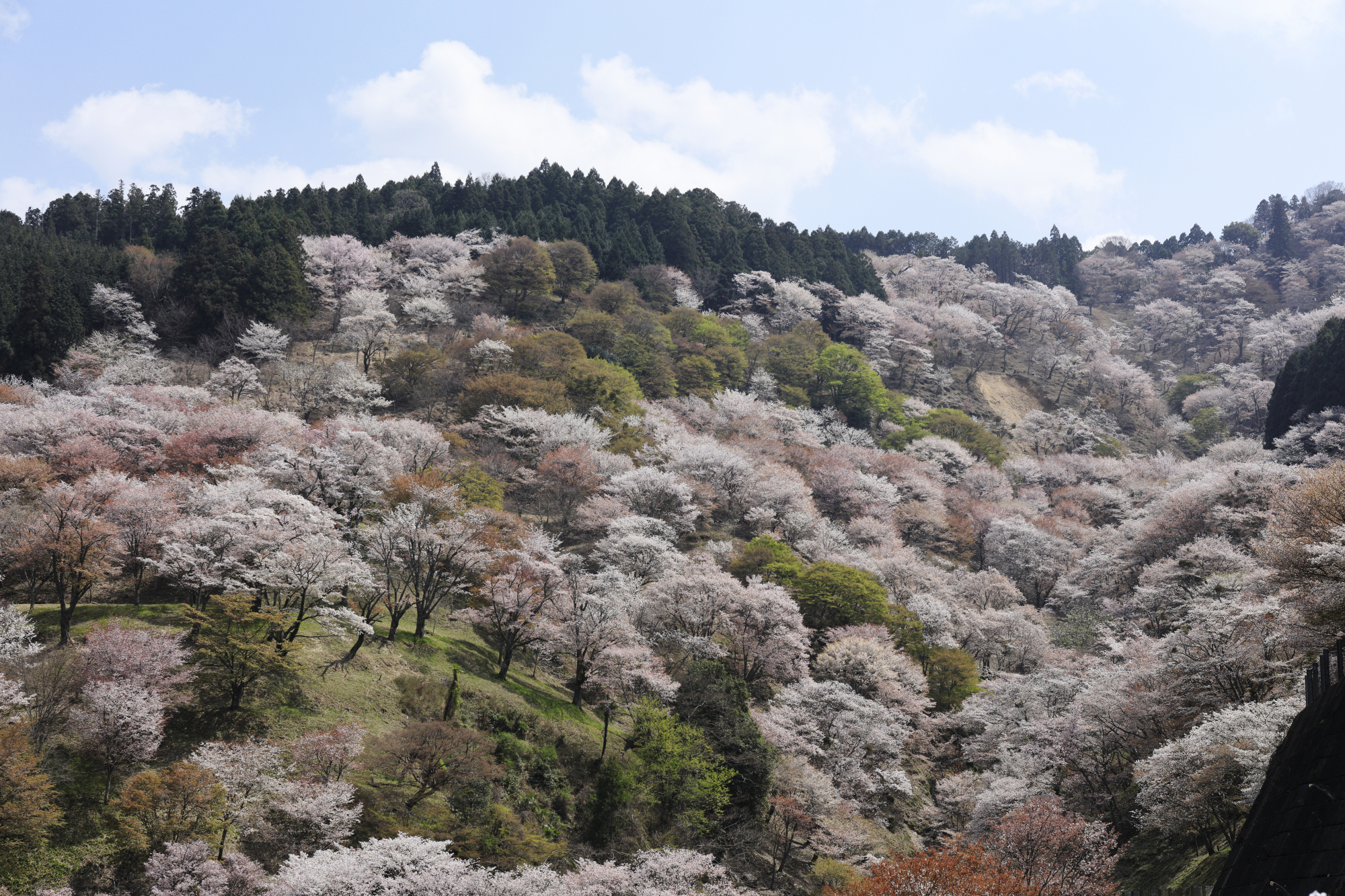
The Kii mountain range encompassing Mount Yoshino and neighboring areas in Wakayama and Mie prefectures is the UNESCO World Heritage site known as the Sacred Sites and Pilgrimage Routes in the Kii Mountain Range.
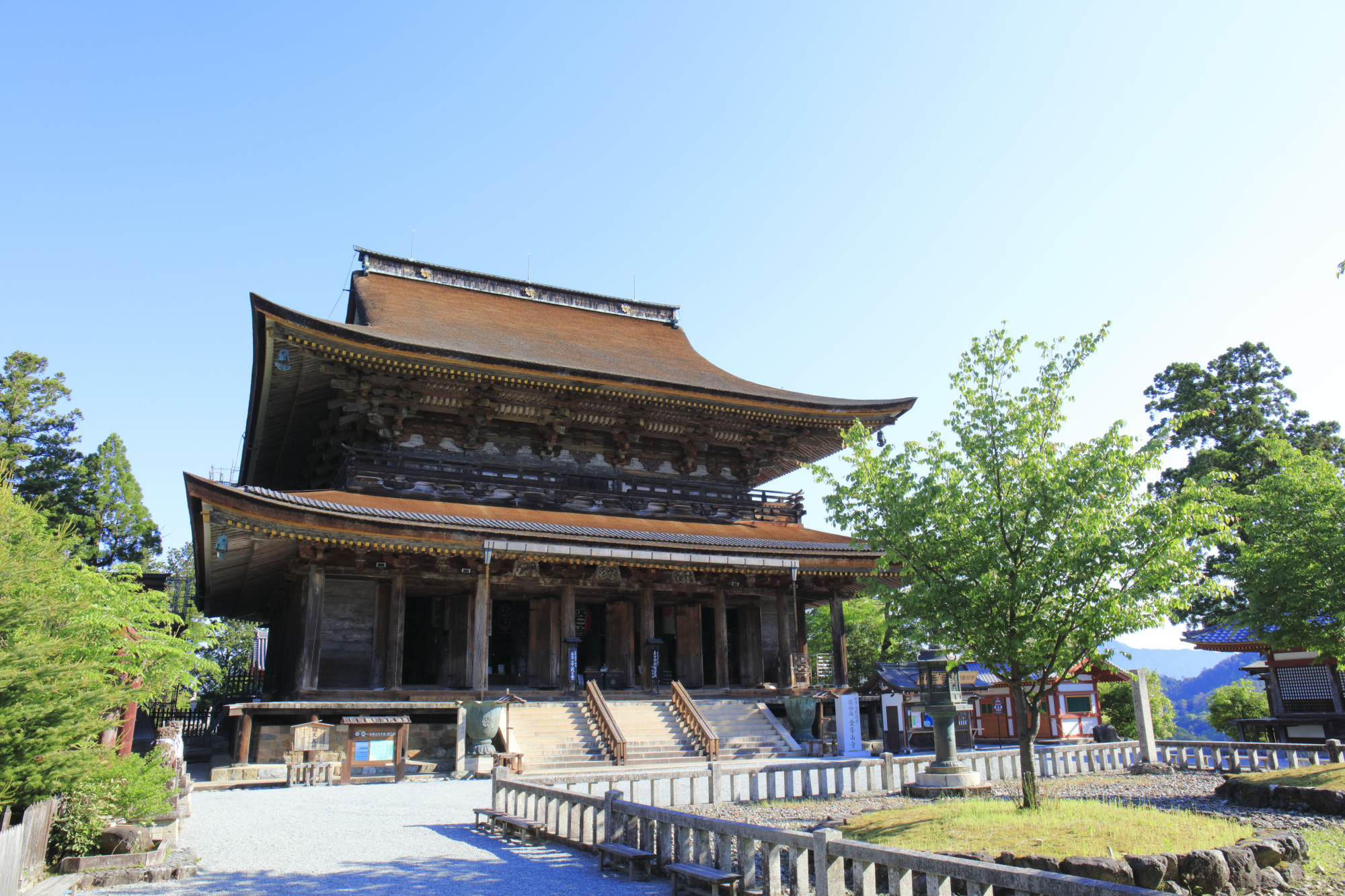
One of the designated locations is the 34-meter-tall Zao-do Hall at Kinpusenji Temple on Mount Yoshino, a hub for practitioners of Shugendo (the syncretic folk religion focused on mountain worship).
Meanwhile, Mie Prefecture, surrounded by both mountains and sea, features a wide variety of destinations that deserve to be further appreciated by Japan-bound travelers.
Home to the sacred Grand Shrines of Ise, the Ise-Shima area in the southeastern part of the prefecture is accessible via Kintetsu’s Yamada, Toba and Shima lines depending on the destination.
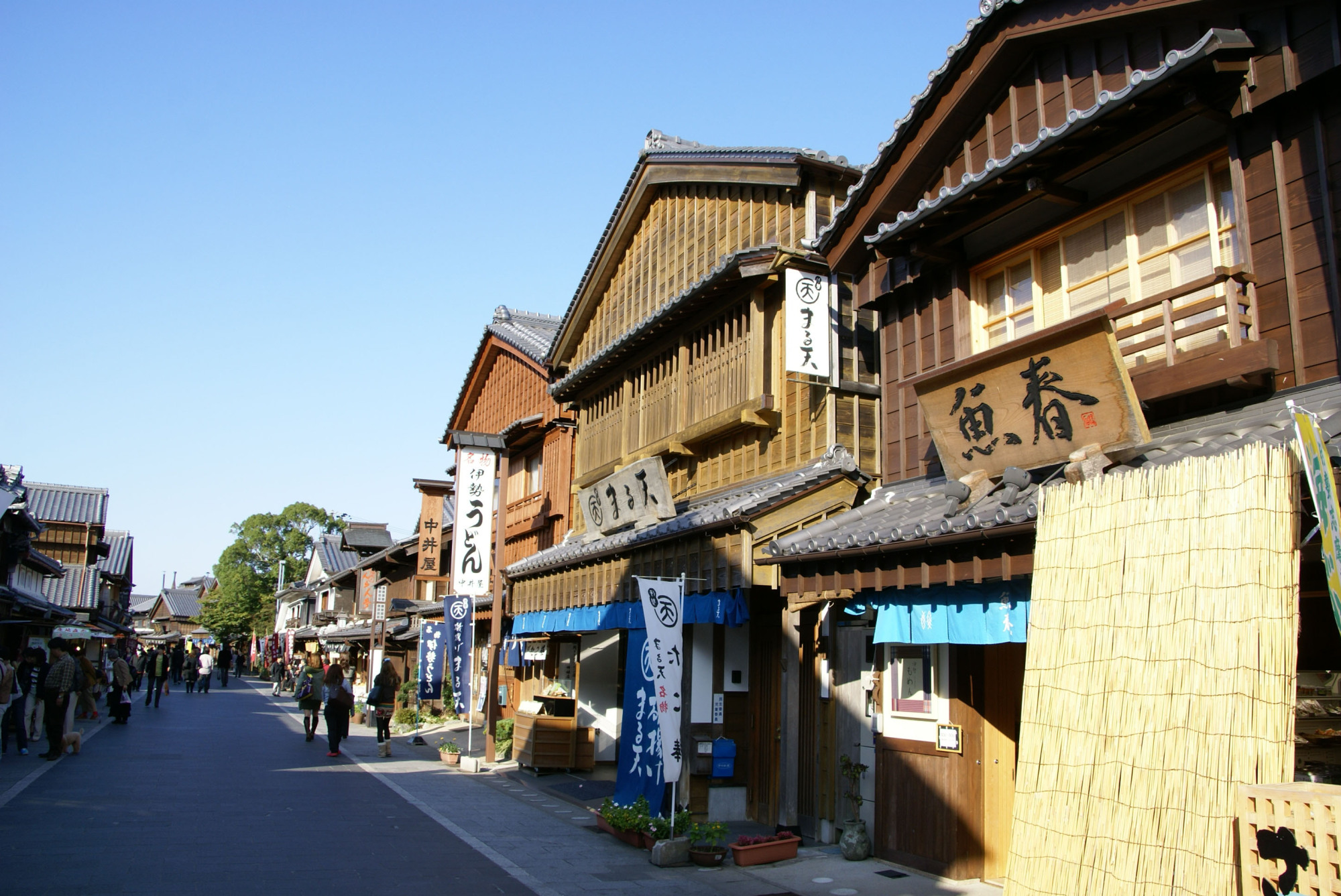
Visitors to the Grand Shrines of Ise in the city of Ise should be sure to stroll around Oharai-machi, a district developed near the gate of the Naiku (Inner Shrine). The 800-meter stone-paved street has many restaurants and souvenir shops.
The district also has an area called Okage Yokocho that is lined with recreations of historical buildings.
For other historical stops, the northwestern city of Iga — birthplace of the famed Iga ninja clan — has the Ninja Museum of Igaryu. Visitors can learn the school’s traditions through exhibitions and a live performance, among other attractions. The closest station is Uenoshi Station on the Iga Line — affectionately known as the Ninja Line — under Iga Railway Co., a subsidiary of Kintetsu.
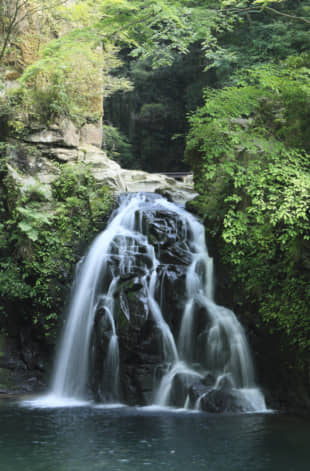
In neighboring Nabari is the Akame ravine that is said to have been a training site for Iga ninja. The area is home to waterfalls collectively known as the Akame 48 Falls that can be admired by leisurely hiking a 4-kilometer path. Additionally, a ninja training experience is offered at the Eco-Tourism Center. A bus bound for the area is available from Akameguchi Station on the Kintetsu’s Osaka Line.
In touring the two prefectures, visitors can make the most of Kintetsu’s discount passes, which include the hub stations of Osaka-Namba, Osaka-Abenobashi, Kyoto and Kintetsu-Nagoya.
The Kintetsu Rail Pass, valid for five consecutive days, offers unlimited rides on all Kintetsu and Iga Railway lines, except limited express trains that require purchasing a separate ticket.
This exclusive pass for international travelers costs ¥3,800 for adults and ¥1,900 for children (six to 11 years old).
For those seeking more transportation options, the Kintetsu Rail Pass Plus, also valid for five consecutive days, is recommended. Available for ¥4,800 for adults and ¥2,400 for children, it also covers several bus lines, including Nara Kotsu Bus Lines Co. and Mie Kotsu Co., on top of unlimited rail travel.



